Tom Lowell, Aaron Diefendorf and four students from the University of Cincinnati met up with the Wooster Geologists to core Browns Lake. We thank Marvin Sandy, who manages the bog for the Nature Conservancy for guidance and permission to do this work.

- Coring Browns Lake from an ice platform on a winters day in Northeast Ohio. Four cores were taken – the longest of which was 17 meters. The mud in the cores is a record of 15,000 years of environmental change since the last Ice Age.
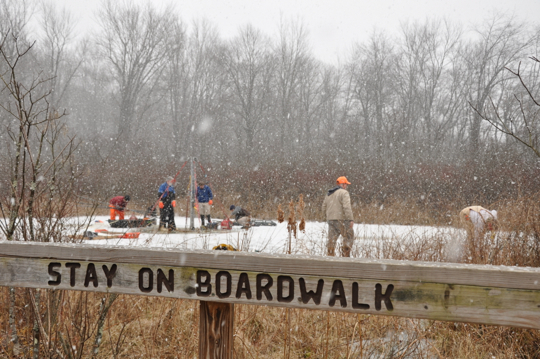
Browns Lake Bog is owned by the Ohio Department of Natural Resources and managed by the Nature Conservancy.
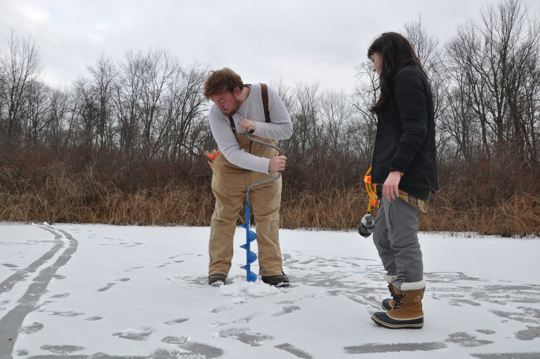
First a hole is augured to determine water depth in the basin. It is about 5 feet deep with 4-6 inches of ice.
- A look at the drilling rig – anchored in the ice, tied down with ice screws and straps.
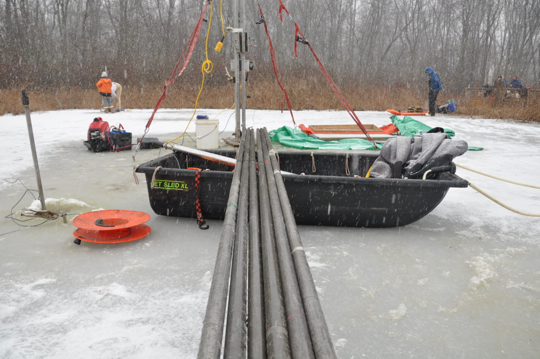
A look down the long axis of the drill pipe – note the corer sticking out of the ice stored in the lake to prevent it from freezing. The water is the warmest place on the site.
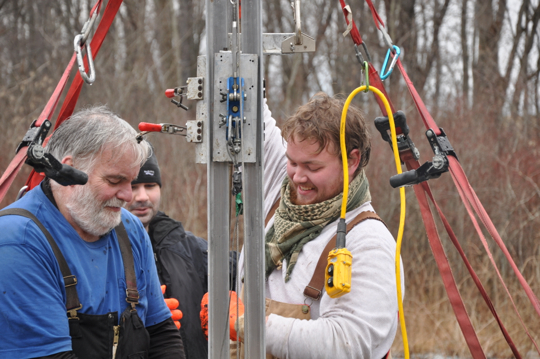
Tom and Michael share a coring joke – it help to have a sense of humor standing on ice for 6 hours at 15 degrees F with a breeze.
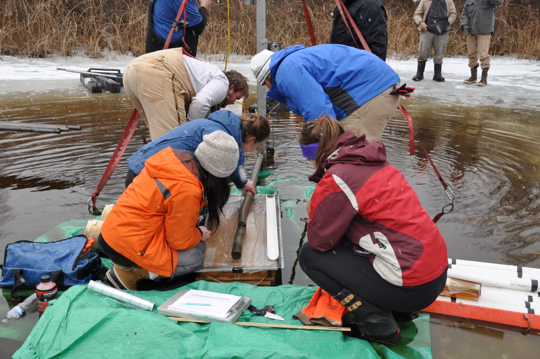
Another meter of core is brought up – ready to be described, wrapped and archived. About half of the 40 meters of core went to Cincinnati for further analyses.
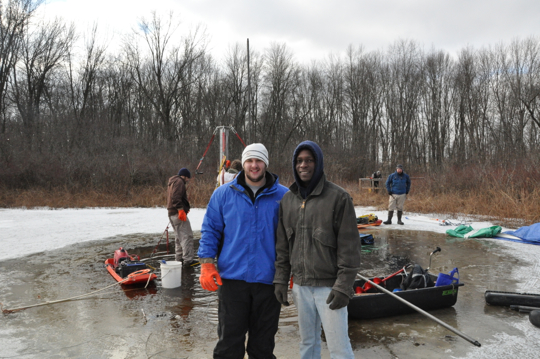
Oscar and Andy take a break from the core archiving. Note the water that moves up through the hole in the ice. The weight of the rig and crew cause elastic and some plastic deformation to occur – after the rig is removed the ice slowly pops back into shape.



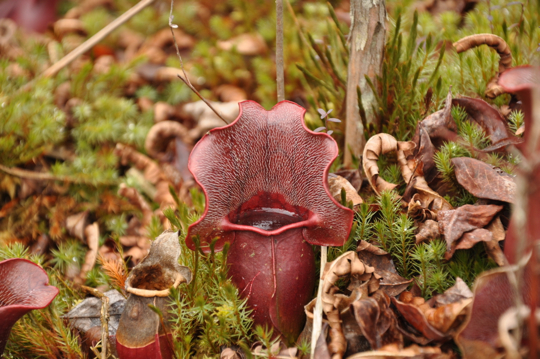

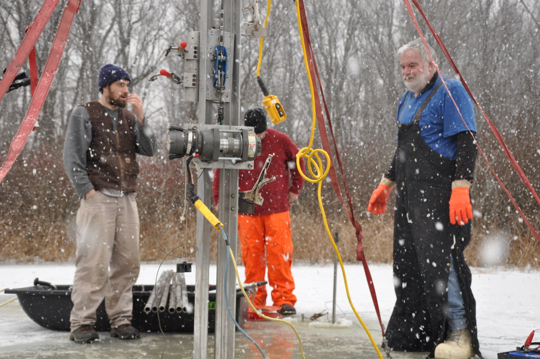
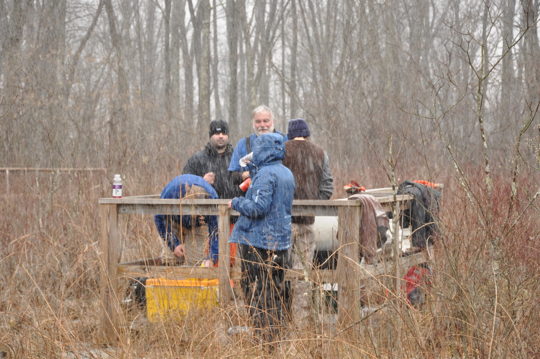
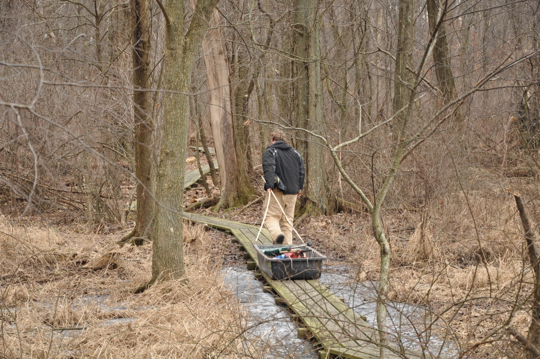
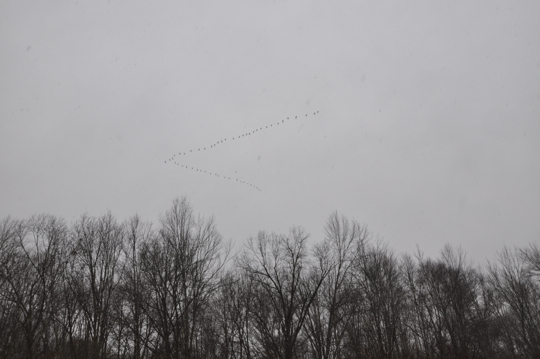
Now that’s dedicated work! Well done. Great story, great geology. And that Jesse Wiles has some serious camera skills.
Pingback: Climate Change » Blog Archive » The Younger Dryas Impact Hypothesis (YDIH)